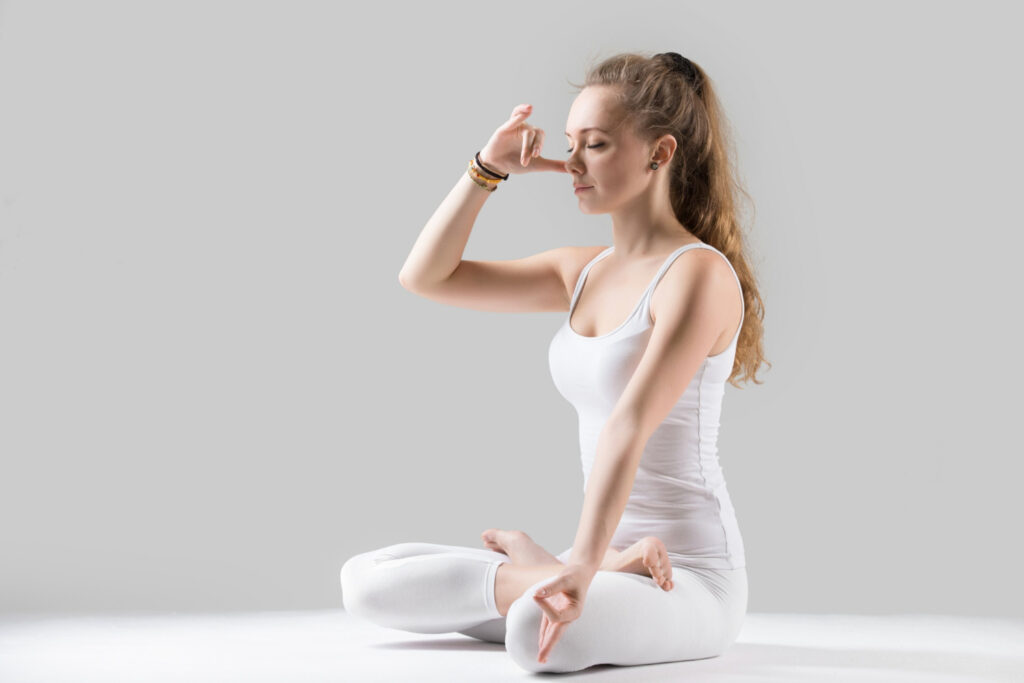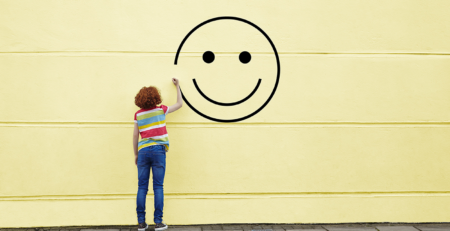Deep Relaxation: Mastering Luke’s Sleep-Inducing Vagus Nerve Technique
How did you sleep last night? I often start conversations with this simple question because I believe deep sleep is our body’s natural reset button—a vital, often overlooked, component of our health. Last year, during a particularly stressful period, I found myself struggling with sleep. No matter how exhausted I felt, the moment my head hit the pillow, my mind raced with endless thoughts. It was during this time that I discovered a powerful relaxation technique involving the vagus nerve. Today, I want to share this technique with you, not just as a concept but as a transformative practice to enhance your sleep and overall well-being. Let’s dive into how stimulating your vagus nerve can unlock the door to profound relaxation and rejuvenating sleep.
The Healing Power of Deep Sleep
Why Sleep Heals
Ever wondered why you feel rejuvenated after a good night’s sleep? Deep sleep works magic on our bodies, allowing for cell regeneration, memory consolidation, and much more. It’s during this phase that our body undergoes critical repair and rejuvenation processes, making it essential for both physical health and mental clarity.
Challenges to Deep Rest
But getting there isn’t always easy, is it? Stress and anxiety often stand in the way, acting like barriers that keep our minds active when we should be unwinding. This constant state of alertness can prevent us from slipping into the deep, restorative stages of sleep, leaving us feeling tired the next day.
Parasympathetic Nervous System: Your Sleep Partner
To dive into deep sleep, activating the parasympathetic nervous system is key. Think of it as the calm after the storm of a hectic day. This part of our nervous system helps quiet the mind and soothes the body, setting the perfect stage for deep sleep. Engaging this system not only helps us sleep better but enhances our overall well-being, making quality sleep a cornerstone of health rather than an occasional luxury.

Understanding the Vagus Nerve
What is the Vagus Nerve?
The vagus nerve, one of the longest nerves in your body, acts as the central highway of your parasympathetic nervous system—the part responsible for calming your organs after the stress of fight or flight reactions. It extends from the brainstem down into your stomach and intestines, influencing your heart, lungs, and digestive tract.
Its Role in Relaxation
When activated, the vagus nerve helps reduce stress responses and promotes a state of calm throughout the body. It’s pivotal for turning on the ‘rest and digest’ mode that counterbalances the ‘fight or flight’ mode triggered by your sympathetic nervous system.
Traditional Methods for Activation
Historically, techniques, like anulom vilom (alternate nostril breathing), have been used to stimulate the vagus nerve. These breathing practices help slow down the heart rate and reduce anxiety, thereby engaging the parasympathetic system to restore peace and maintain balance within the body.

Detailed Step-by-Step Guide to the Technique
Optimal Timing and Setting
For best results, perform this relaxation technique in a quiet, comfortable space just before bedtime to enhance sleep quality. Ensure all pre-sleep routines are completed so you can transition directly to bed after the exercise. This technique can also be a powerful tool for reducing acute anxiety throughout the day but plan for downtime afterward as it deeply relaxes you.
Instructions for Neck Tilt and Eye Movement
- Sit comfortably—on a chair, cross-legged on the floor, or any position that supports your back.
- Begin by gently placing your right hand on the left side of your head.
- Carefully tilt your head towards your right shoulder, avoiding any strain. The movement should be mild without pulling.
- Direct your eyes upwards to the leftmost corner, maintaining this position for 30 seconds without blinking. If blinking occurs, simply refocus.
- Slowly return to the neutral position and repeat on the other side: left hand to the right side of the head, tilting towards the left shoulder, and eyes to the upper right corner.
- Ensure smooth, regular breathing throughout the exercise to promote relaxation.

Health Precautions
- Individuals with conditions like vertigo, epilepsy, or severe neck pain should approach this technique cautiously.
- If dizziness or discomfort occurs, discontinue the exercise immediately.
- Those with low blood pressure should monitor their response to the exercise and adjust intensity as needed.
This mindful practice engages your vagus nerve, encouraging a shift to the parasympathetic nervous system and paving the way for a restorative night’s sleep.
Benefits of This Technique
Deep Relaxation and Enhanced Sleep
This simple yet powerful technique taps directly into your parasympathetic nervous system, the state in which your body can truly rest and digest. By aligning your physical actions with breath control, you encourage your body to slip into deep, restorative sleep—crucial for recovery and rejuvenation.
Anxiety and Stress Reduction
Regular practice can significantly reduce feelings of anxiety and stress. By shifting focus from stressors to the control of your physical state, the technique helps stabilize your emotional landscape, offering a calm amidst life’s stressors.
Experiencing ‘Beautiful Heaviness’
Many who practice this technique describe a profound sense of heaviness, a soothing signal that the body is ready to rest deeply. This sensation is a testament to the technique’s effectiveness in grounding your body and mind, preparing you for a peaceful night’s sleep.
Incorporating the Technique into Daily Life
Seamless Integration into Nightly Routines
Make this technique a fixture of your bedtime ritual. Performing it after your evening hygiene routines and just before you lie down can enhance its effectiveness, setting the stage for deep sleep.
Winding Down After Stressful Events
Use this technique to decompress after a day filled with challenges or before engaging in events that may cause anxiety. It serves as a physical ‘reset’ button, easing the transition from high-energy or stressful periods to a state of calm.
Consistency for Long-Term Benefits
For lasting results, consistency is key. Aim to practice daily, especially when starting, to establish a habit. As the technique becomes a natural part of your routine, its benefits in managing stress and improving sleep quality will continue to grow, enhancing your overall quality of life.
Final Word
Today, we’ve explored a transformative relaxation technique that leverages the natural capabilities of your vagus nerve to promote deep sleep and reduce stress. As you integrate this practice into your nightly routine, observe the immediate benefits it brings—not just in sleep quality but in your overall emotional balance and mental clarity.
I encourage you to try this technique tonight. Notice the profound ‘beautiful heaviness’ and the calm it introduces into your evening. Embrace this simple yet powerful tool as part of your ongoing journey toward health and self-care, and remember, every step you take in mindfulness and relaxation is a step towards a healthier, more balanced life.
Ready to take the first step towards a healthier, more joyful life?
Start small, with one manageable change today.
Talk to our Wellness Program Counselor.
Set up a one-on-one consultation with our integrative team by reaching out to us at
1800 102 0253 or write to us at consults@lukecoutinho.com.
Disclaimer: Always make an informed choice. Keep your healthcare provider in the loop before trying anything new, especially if you are going through a medical condition or are on medications.
|
From a pimple to cancer, our You Care Wellness Program helps you find a way Talk to our integrative team of experts today 18001020253 |










Leave a Reply